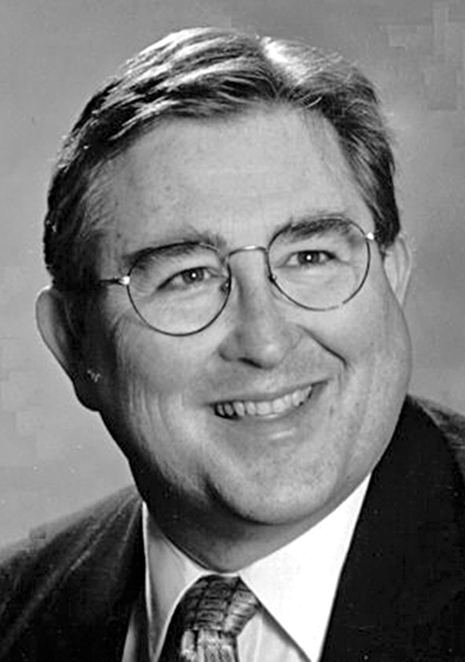By Danny Crownover
Not long ago a student asked The Vagabond how, why and when the federal government took over control of all navigable streams in the United States.
From 1790 to 1810, the improvements of the rivers and harbors were made by states with the consent of U.S. Congress.
From 1810 to 1852, these improvements were provided for by congress with the stipulation that the work should be done under the direction of the President of the United States.
It was specifically specified by an act of congress in 1852 that the money appropriated by congress for waterway betterments should be expended under the supervision of the secretary of war and since that time all acts relating to the expenditures of money on rivers and harbors have contained that provision.
And so, it came about that Engineer Corps of the U.S. Army was charged with the work of our national highways.
Just before congress adjourned in the summer of 1902, U.S. Senator Pettus of Alabama introduced a bill in the senate authorizing Robert A. Chapman and Associates to use the waters of the Coosa River to generate electricity for Gadsden, Anniston, Talladega, Birmingham and other cities in the northern part of the state.
Attention was called to the bill, and the Alabama congressmen whose districts might be affected were to look into the matter with the view of protecting all navigation rights and interests.
The proposed dams for generating electric power on the Coosa River were to be located at locks 25, 26, 26 and 28. This was only a beginning of a project that would eventually mean a completion of locks nearer Gadsden.
Captain W.P. Lay, who later founded the Alabama Power Company and build the first power dam on the Coosa River, was investigating the matter with the view of ascertaining if the Pettus project provided for navigation. All the dams built on the river since that time have been so constructed as to make it easy to provide locks for boats.
Local boosters did not know much about the Pettus bill and who was behind it, but they were determined to get the facts and lend all possible assistance.
In those days, government engineers planned and built a few low lift locks for navigation only. It was not until Lay and Captain H.B. Ferguson of the U.S. Army Engineering Corps had made survey for power, navigation and flood control that high dams were considered. The surveys were rejected by the army engineers as not being safe or feasible, and it took years to get the Lay plan approved.
The Coosa was the first river in the world to be surveyed for the three-fold purpose advocated by Lay and Ferguson. The first power dam was built in Chilton County after years of disappointments and bitter fights. All the other dams were built after much opposition and many difficulties.
Contact The Vagabond at dkcrown@bellsouth.net.





